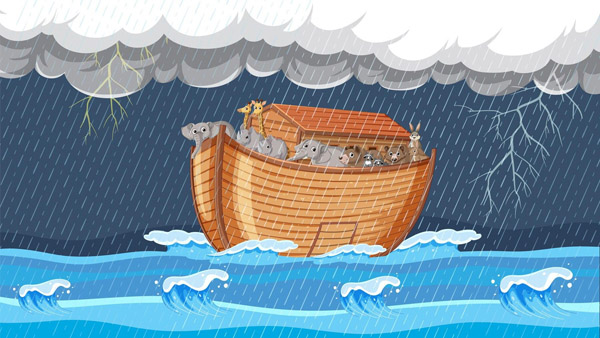
By Timothy A. Edward
Change is inevitable within organistions and society alike because it propels people and companies to become innovative and futuristic. At the heart of any successful change process, leadership emerges as the driving force, fostering growth and innovation.
Leaders as Drivers of Change
Leaders - whether CEOs, middle managers, HR personnel, or consultants - have historically played pivotal roles as agents of change. Leadership serves as the engine that propels the vehicle of change forward within organisations. It is essential to recognise that leading change is not a single event; rather, it is an ongoing process that demands strategic vision and adaptability.
Change Models: Rejuvenation, Reforms, and Revolution
In today’s world, organisations face diverse challenges, and change can take many forms. A closer look at our companies and societies confirms the presence of three common change models:
Organic Changes: Dominated by rejuvenation, where gradual and natural growth is emphasised. For example, when we work with vulnerable communities to uplift their livelihoods and living conditions, the changes and growth happen at an organic pace. This is why many development cycles go on for about 10 to 15 years before we can witness the desired impact and outcomes.
System Changes: Known as reforms, addressing structural and procedural transformations.
Dramatic Changes: Characterised as revolutions, fostering bold, sweeping alterations.
Both organisations and nations must reflect on the nature of change they encounter. However, the global landscape demands that entire organisations adopt the role of change agents to navigate challenges and foster progress. Effective change is most impactful when driven through both bottom-up and top-down approaches.
Noah as a Change Leader
Historical narratives also provide lessons on leadership in times of transformative change. Consider the story of Noah and his Ark. Recent research has reignited interest in the Durupinar Formation in eastern Turkey, believed by some to be the resting place of Noah's Ark.
As a character, Noah serves as a compelling case study for visionary change leadership. He demonstrated several traits essential to a transformative leader. He established a sense of urgency. Defined a transformative vision for the people. Mapped a comprehensive route for change.
Then the Ark itself was a disruptive innovation—a prototype never seen before—that became a sanctuary for people and animals. Noah's unwavering dedication, spanning decades, underscores his commitment. He ensured the safety and survival of those who joined the Ark and consolidated the change after the forty days of torrential rain, as detailed in ancient texts.
Building Our Own Ark
This raises a profound question: What kind of “ark” are we building in our lives today? Life offers us the opportunity to contribute to society, our organisations, and our countries. Whether as inventors, educators, scientists, or leaders, each of us holds the potential to create something remarkable, something that ensures safety, progress, and prosperity for the future.
We stand on the shoulders of those who came before us, who built the "arks" of their time, be it an organisation, school, hospital, vocational centre, university, or elder care home. These establishments continue to serve the needs of society. Now, it is our turn. By listening to our inner voice, we can discover our calling and destiny to build something lasting—something that will serve generations to come.
Leadership and change are intertwined forces that shape organisations, societies, and nations. Noah’s story, is an inspiration that reminds of the critical importance of vision, dedication, and innovation in navigating the winds of change. Through collective effort, we can embrace challenges and build “arks” that uplift the present and safeguard the future.
Leave Comments